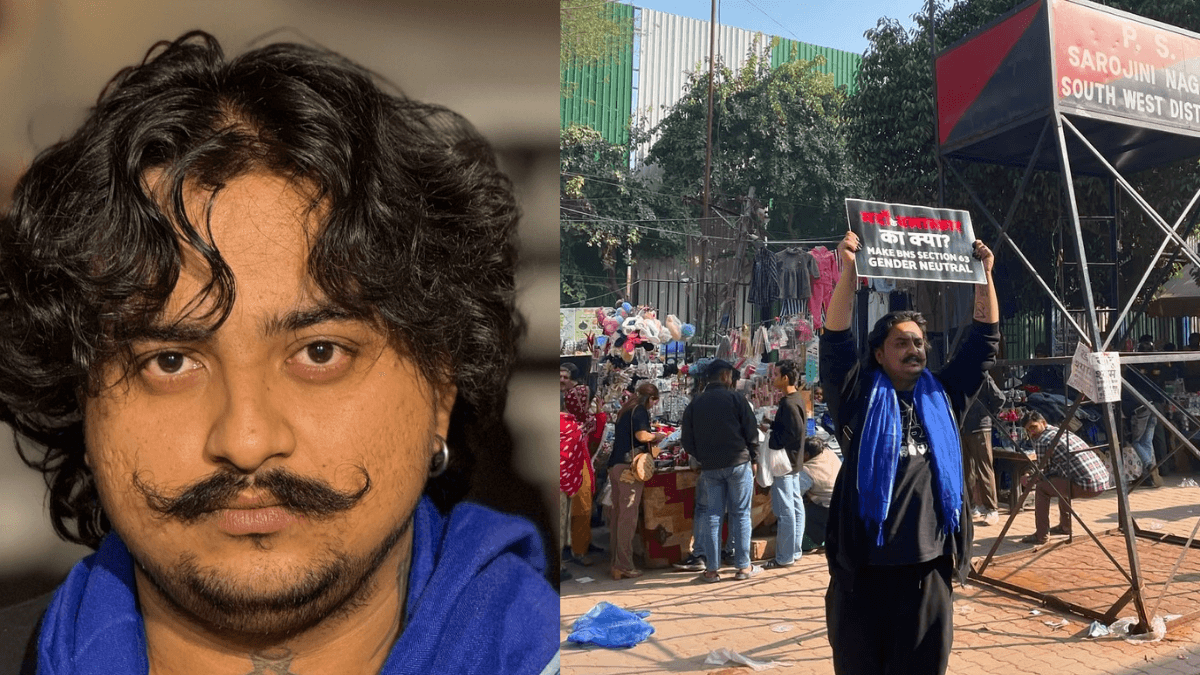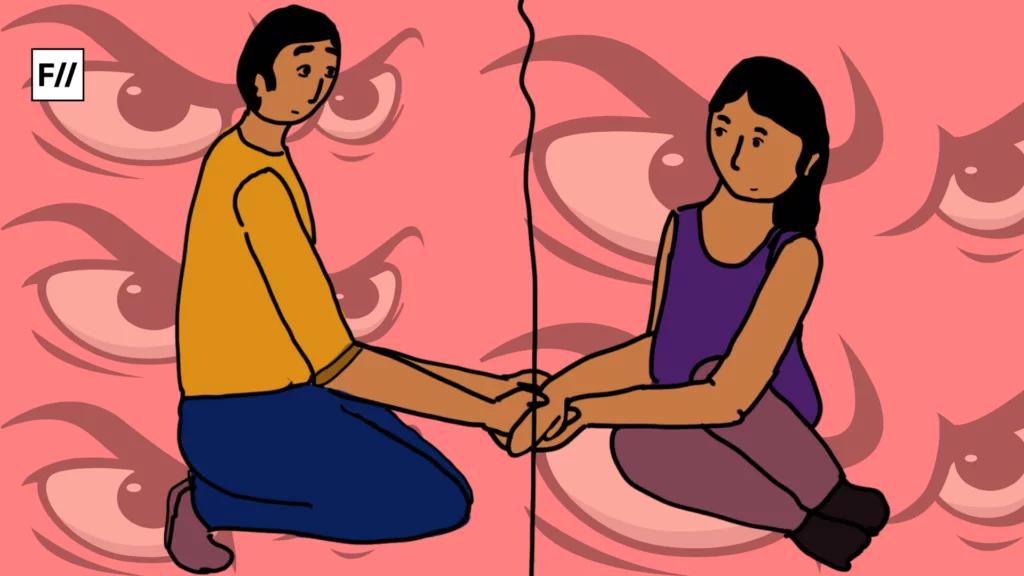As of 2019, women make up only 14.4% of India’s Lok Sabha, i.e, from a total of 543 members, only 78 are women. The Women’s Reservation Bill, introduced in 2008, asks for reservation of 1/3rd (33%) seats in the Lok Sabha for a period of 15 years. Over 13 years later, the bill has still not been passed.
In order to raise awareness around the issue, Civic Studios, a Mumbai based media start-up incubated at MIT, brings to you a sketch comedy video, Ladies Fashion ya Ladies Safety. The sketch is based on a fictional Women’s Empowerment Committee, where the lead character, Shanti Devi ji humorously navigates four bustling uncles, bread-pakoras and cricket updates.
Globally, based on the percentage of elected women representatives in national parliaments, India ranks 148 amongst 193 countries as of June, 2021. Neighboring countries Bangladesh and Pakistan fall at 111 and 116 respectively.
Why does India need more female involvement in the political process? Studies show that a higher number of women in parliament contribute to higher attention paid to women’s issues. Additionally, research suggests that a legislator’s gender in turn impacts their policy decisions and priorities. There is also evidence that as more women are elected in positions of political leadership, there is an increased emphasis on policies that focus on quality of life and bring the priorities of families, minorities and women to the forefront.
At a global level, during the Covid-19 pandemic, many countries with female leaders such as New Zealand, Germany, Ethiopia and Slovakia, were recognized for their response to the pandemic; including measures to flatten the curve and the compassionate and transparent communication of fact-based public health information. The leadership styles of women leaders in the COVID-19 response have been described as more collaborative and collective than individual and competitive.
Reservation for women in politics is hardly a new concept for India. In 1993, the 73rd amendment to the Indian constitution gave women 33% reservation in panchayats. This brought more than 14.5 lakh women into leadership positions in India’s local governance. Three years later, the effects of this were already visible. Many panchayats were able to perform better in spite of financial constraints. Yet, similar measures have not been implemented in India’s parliament.
Check out Civic Studios’s YouTube channel Pocket Change for more comedy content on making India a better place to live.
About the author(s)
Partner Content is carefully curated and socially relevant sponsored content created by FII's marketing team. It is separate from FII's editorial content and is identified as sponsored.




